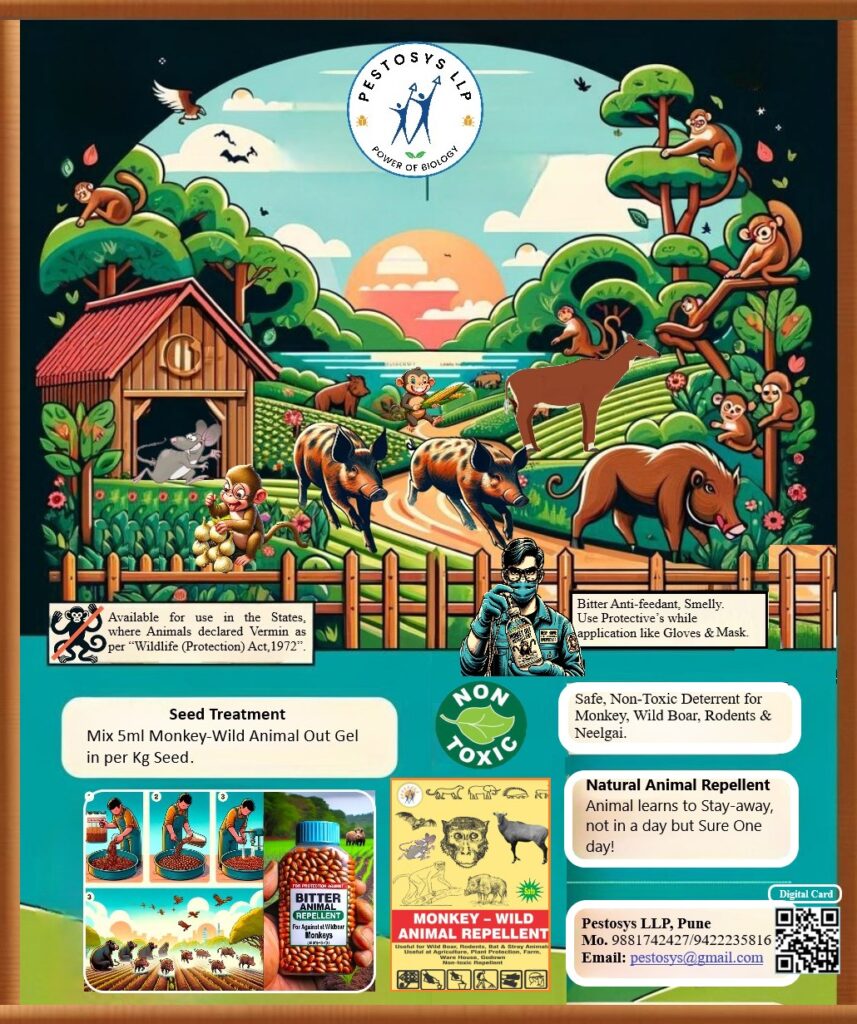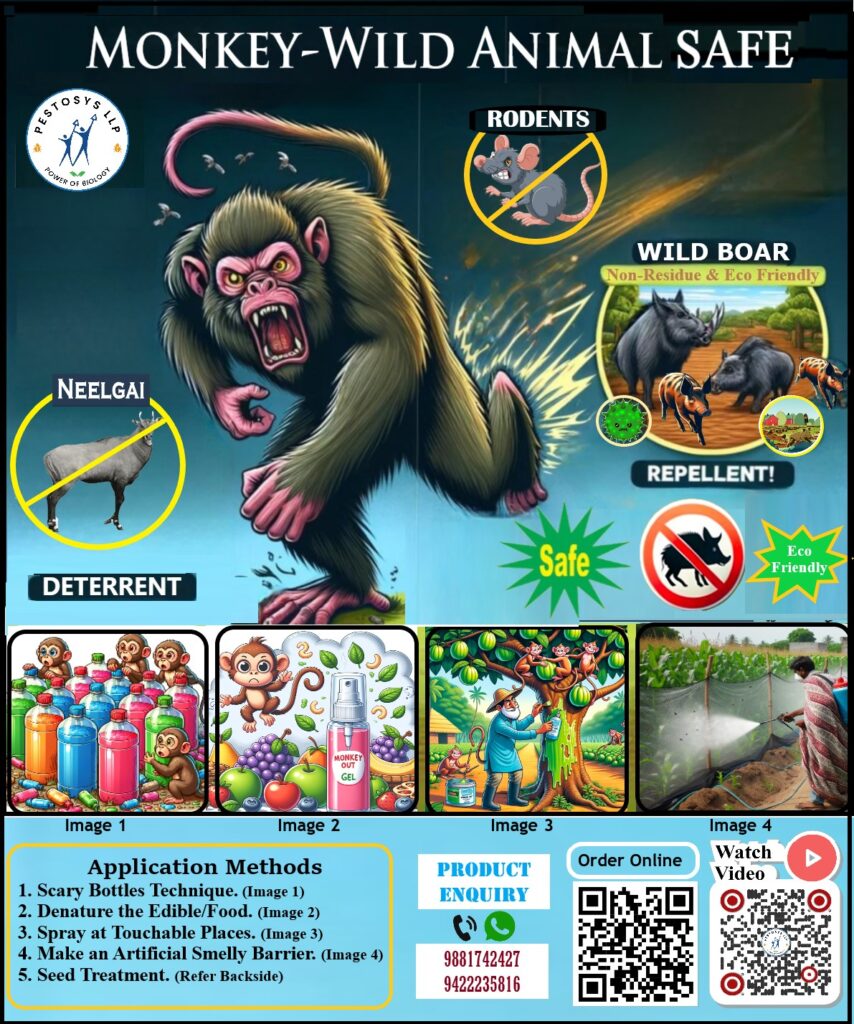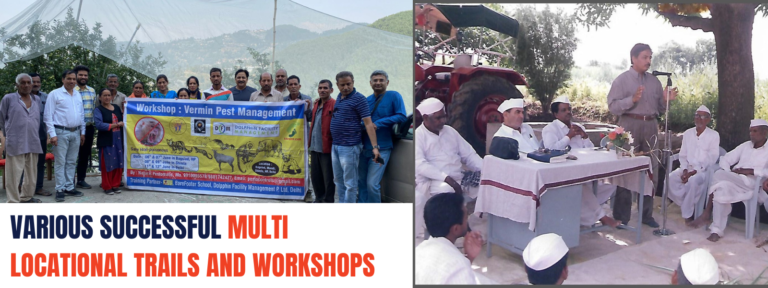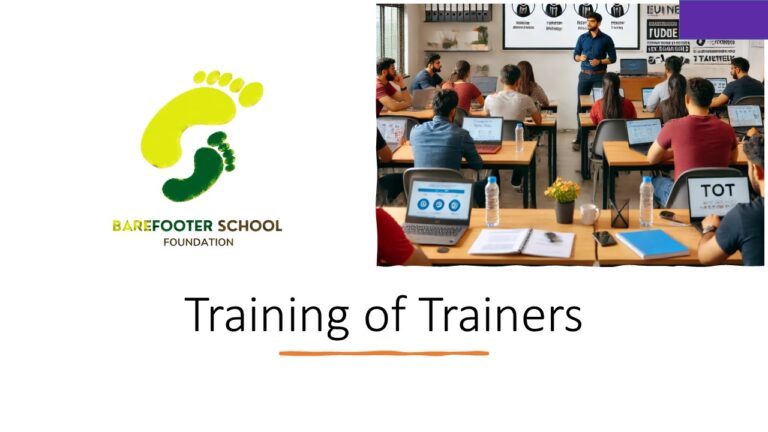Effective Monkey Management Strategies: Safeguarding Urban and Agricultural Environments
Monkeys, with their high intelligence and adaptability, present Unique Challenges when they Venture into Urban and Agricultural Areas. Their interactions can lead to various Nuisances or even dangers to both themselves and Humans. This blog entry explores effective Strategies to manage Monkey Populations humanely and keep them at bay, focusing on a combination of Deterrents that Cater to their smart and opportunistic Nature.



Understanding Monkey Behavior
Monkeys are highly Social and Curious Creatures, often attracted to Human Settlements due to the easy availability of Food. Their Natural Intelligence and Dexterity make them capable of opening Containers, Stealing Food and even entering homes, which can lead to conflicts with Humans. The challenge is to discourage such behaviors without harming the Monkeys or disrupting their natural habits unduly.


Multi-Faceted Deterrent Strategies
Given their intelligence, a single Deterrent Strategy is often not enough. A combination of methods that appeal to their Senses and alter their behaviour patterns without causing harm is most effective:


- Colour and Container Techniques:
- Visual Deterrents: Utilize bright colours that are typically avoided by Monkeys in nature. Painting Surfaces or using Coloured Plastics that are visually disturbing to Monkeys can help keep them away from certain areas.
- Modified Containers: Use specially designed, Monkey-Proof Containers for Storing Food and Waste. These containers can be tricky or too cumbersome for Monkeys to open, discouraging them from trying.
- Olfactory and Taste Deterrents:
- Spraying Repellents: Products like ‘Animal Out’ and ‘Bird Out’ can be used to create a perimeter around areas that need Protection. The strong Odours of these Repellents are unpleasant to Monkeys and can effectively keep them away from residential zones, gardens and farms.
- Edible Treatments: Mixing Non-Toxic, Bitter-Tasting Substances into foods that Monkeys are likely to steal, such as popcorn, peanuts, or corn, can be an effective Strategy. When Monkeys encounter the unpleasant Taste, they learn to associate it with foods found in those specific areas, leading to avoidance.



- Safe Food Conditioning:
- Controlled Feeding: Where Possible, Controlling the diet of Monkeys by providing designated feeding spots away from Human dwellings can help manage their movements and Reduce Conflicts. These spots can occasionally include the treated Foods to reinforce the avoidance behaviour without harming the Monkeys.
Safety and Ethical Considerations
It’s crucial to approach Monkey Management with a focus on Safety and ethics:
Non-Harmful Methods: Ensure all Materials and methods used are Non-Toxic and designed to cause no Physical Harm to the Monkeys. Ethical considerations should guide the choice of Deterrents.
Public Safety: Inform and educate the Local Population about the Safe interaction with Monkeys. People should be aware of the risks of direct interaction and the benefits of the Deterrent Strategies being employed.
Legal Compliance: Adhere to Wildlife protection Laws and Regulations. Consult Wildlife Experts and Authorities to align Strategies with Legal Standards and Best Practices.
Implementation and Monitoring
Regular Application: Deterrent measures, especially Sprays and Edible Treatments, should be applied regularly to maintain their effectiveness.
Community Engagement: Work with Local Communities to implement these Strategies cohesively. Community cooperation is essential for the success of any Wide-Scale Animal Management Strategy.
Continuous Monitoring: Regularly assess the effectiveness of the Strategies and adjust as needed. Monitoring can help identify new behaviours or changes in Monkey Populations, allowing for timely modifications to the Management plan.
Conclusion
Managing Monkey Populations in Human-dominated landscapes requires intelligent, Humane Strategies that respect their Natural Behavior while Protecting Human Interests. By employing a combination of Visual, Olfactory and Taste-based Deterrents, communities can effectively manage interactions with these smart Animals, ensuring Safety and harmony for both Humans and Monkeys. These Strategies, combined with community involvement and Legal Compliance, pave the way for Sustainable Coexistence.







